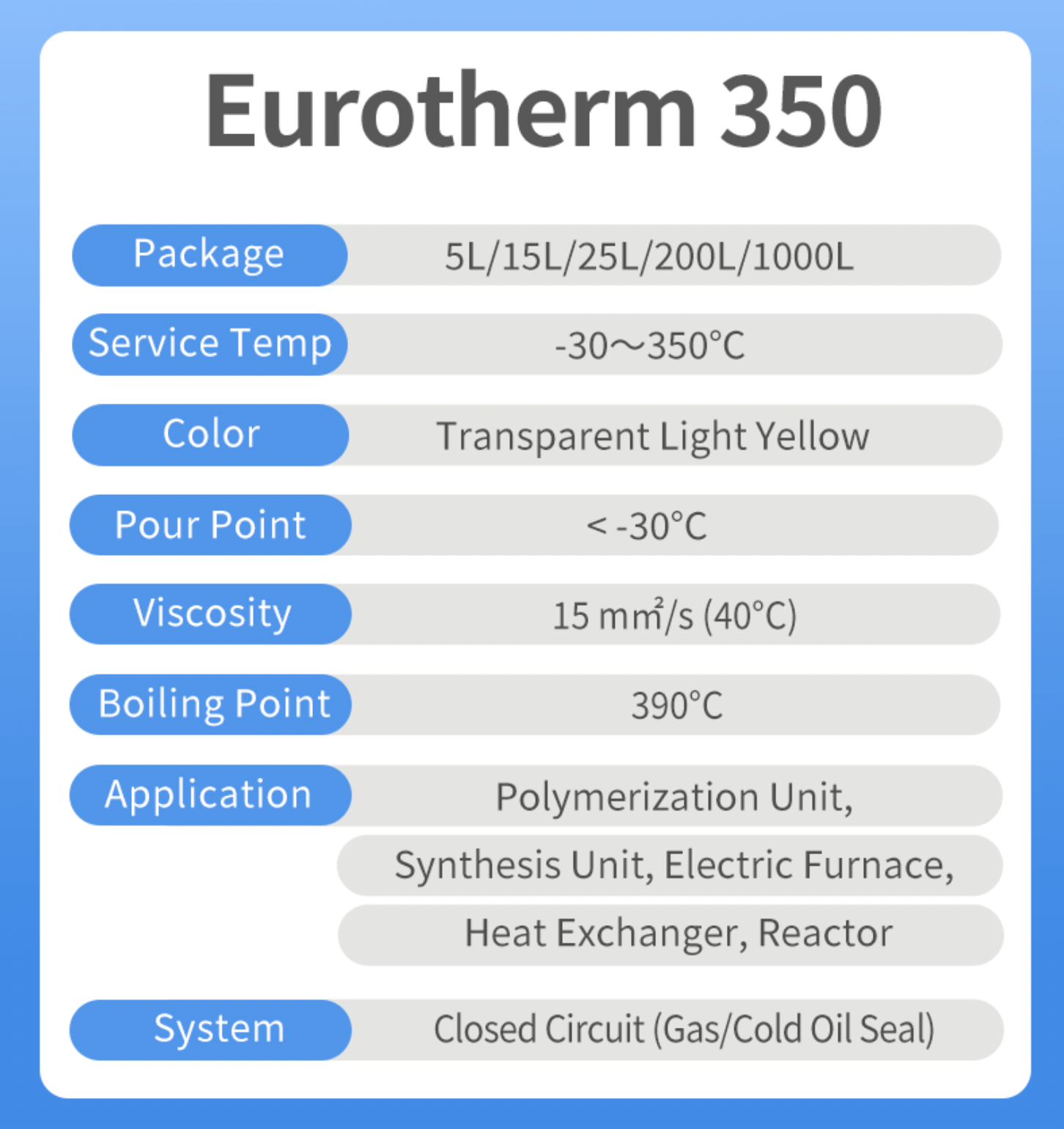All About Chemie
All About Chemie
Blog Article
The Definitive Guide for Chemie
Table of ContentsSome Known Details About Chemie Unknown Facts About ChemieChemie - The FactsThings about Chemie5 Simple Techniques For ChemieChemie Fundamentals Explained
By Bojanna Shantheyanda, Sreya Dutta, Kevin Coscia and David SchiemerDynalene, Inc. Fluid cooling, which can be accomplished making use of indirect or straight means, is utilized in electronics applications having thermal power densities that might go beyond risk-free dissipation via air cooling. Indirect liquid cooling is where warm dissipating digital elements are literally divided from the liquid coolant, whereas in case of straight air conditioning, the parts are in direct contact with the coolant.In indirect cooling applications the electrical conductivity can be crucial if there are leaks and/or spillage of the liquids onto the electronic devices. In the indirect cooling applications where water based liquids with deterioration inhibitors are usually utilized, the electric conductivity of the liquid coolant mostly depends on the ion concentration in the liquid stream.
The boost in the ion focus in a closed loophole fluid stream might take place as a result of ion leaching from steels and nonmetal elements that the coolant liquid is in call with. Throughout operation, the electrical conductivity of the fluid might raise to a degree which can be hazardous for the cooling system.
The Ultimate Guide To Chemie
(https://go.bubbl.us/e7b94c/59c7?/New-Mind-Map)They are bead like polymers that can exchanging ions with ions in a service that it touches with. In the present work, ion leaching tests were performed with different steels and polymers in both ultrapure deionized (DI) water, i.e. water which is treated to the highest degree of purity, and low electric conductive ethylene glycol/water combination, with the gauged modification in conductivity reported over time.
The samples were allowed to equilibrate at area temperature for 2 days prior to recording the preliminary electrical conductivity. In all examinations reported in this research study liquid electric conductivity was determined to an accuracy of 1% utilizing an Oakton CON 510/CON 6 collection meter which was calibrated before each measurement.
Chemie Fundamentals Explained
from the wall surface heating coils to the facility of the furnace. The PTFE sample containers were placed in the furnace when consistent state temperature levels were reached. The examination configuration was eliminated from the furnace every 168 hours (7 days), cooled to room temperature level with the electrical conductivity of the liquid gauged.
The electrical conductivity of the liquid sample was kept track of for an overall of 5000 hours (208 days). Schematic of the indirect shut loop cooling down experiment set-up. Elements utilized in the indirect closed loop cooling down experiment that are in call with the liquid coolant.

Getting The Chemie To Work
The modification in fluid electric conductivity was monitored for 136 hours. The fluid from the system was accumulated and saved.

0.1 g of Dowex resin was included in 100g of liquid samples that was absorbed a separate container. The blend was mixed and transform in the electric conductivity at room temperature was determined every hour. The determined modification in the electrical conductivity of the UP-H2O and EG-LC examination fluids containing polymer or metal when involved for 5,000 hours at 80C is revealed Number 3.
Unknown Facts About Chemie
Figure 3. Ion seeping experiment: Calculated adjustment in electric conductivity of water and EG-LC coolants having either polymer or steel examples when immersed for 5,000 hours at 80C. The results show that steels added less ions into the liquids than plastics in both UP-H2O and EG-LC based coolants. This can be as a result of a slim metal oxide layer which may function as a barrier to ion leaching and cationic diffusion.
Liquids having polypropylene and HDPE showed the most affordable electric conductivity changes. This can be as a result of the brief, inflexible, straight chains which are much less most likely to add ions than longer branched chains with weak intermolecular pressures. Silicone additionally carried out well in both test fluids, as polysiloxanes are generally chemically inert because of the high bond power of the silicon-oxygen bond which would certainly prevent destruction of the product into the fluid.
What Does Chemie Do?
It would be expected that PVC would generate similar results to those of PTFE and HDPE based on the comparable chemical structures of the materials, however there may be various other pollutants present in the PVC, such as plasticizers, that might influence the electric conductivity of the fluid - high temperature thermal fluid. In addition, chloride teams in PVC can likewise seep right into the test liquid and can cause an increase in electrical conductivity
Polyurethane completely disintegrated right into the examination liquid by the end of 5000 my site hour examination. Before and after pictures of metal and polymer samples submersed for 5,000 hours at 80C in the ion leaching experiment.
Measured modification in the electric conductivity of UP-H2O coolant as a function of time with and without material cartridge in the closed indirect air conditioning loop experiment. The gauged modification in electric conductivity of the UP-H2O for 136 hours with and without ion exchange resin in the loop is received Number 5.
Report this page